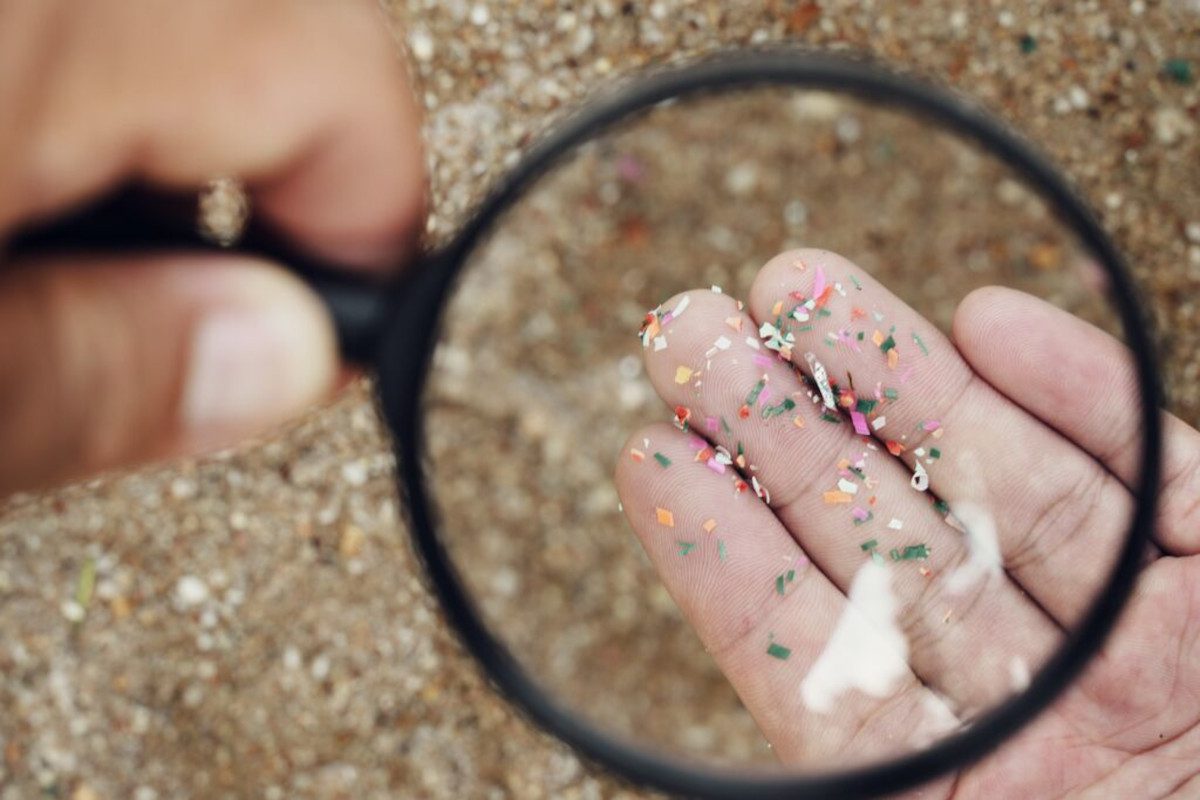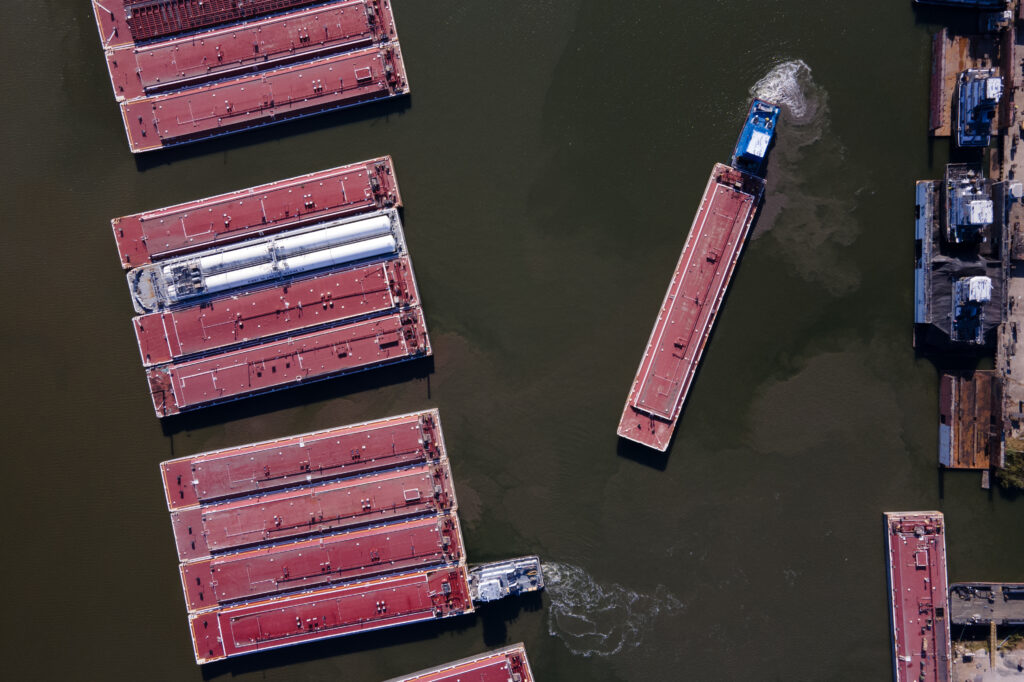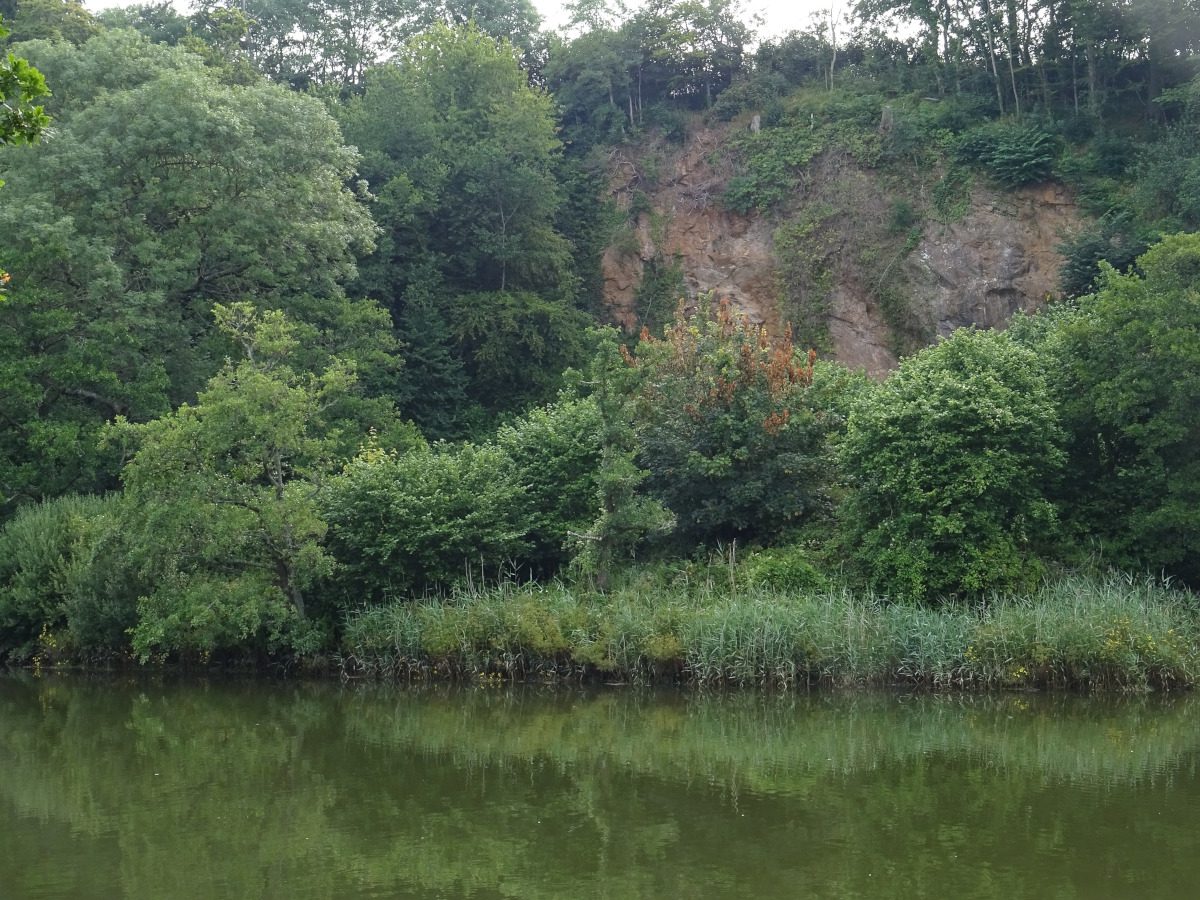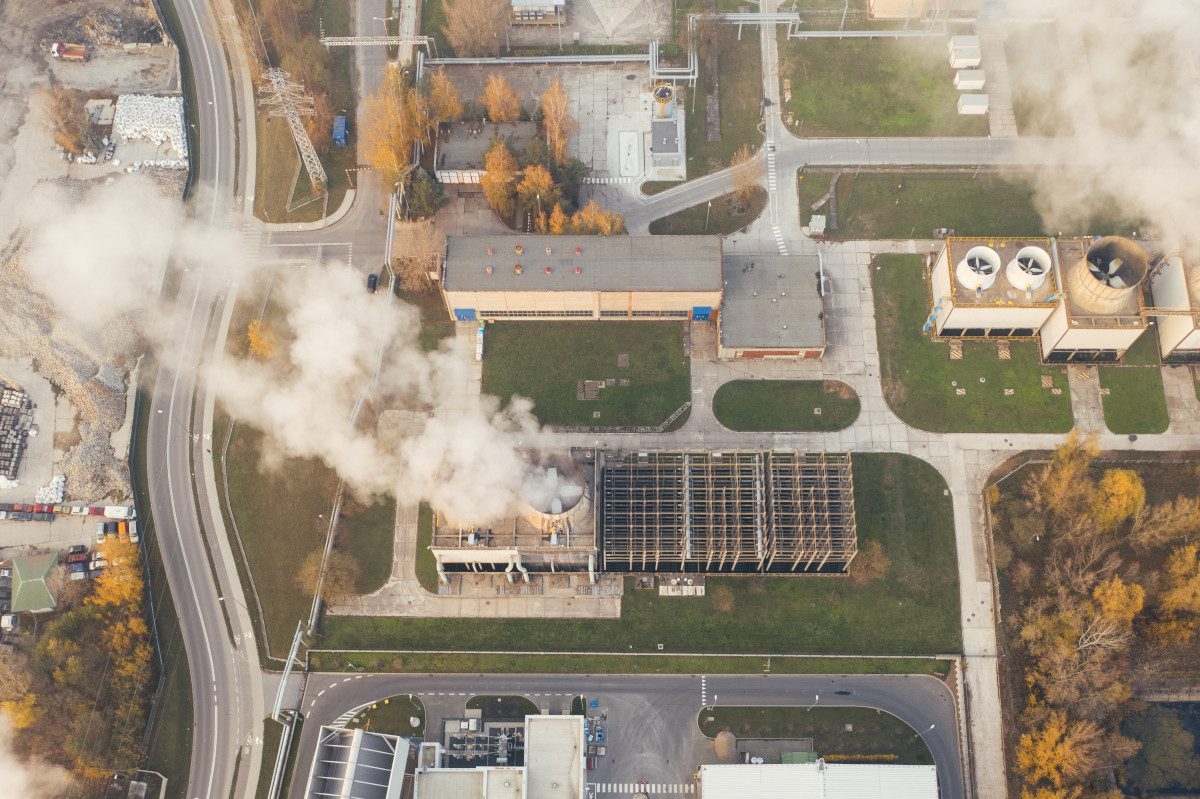Environmental consultant Stephen Cirell explains what the government’s recent Energy Security Strategy means for local authorities and the future of energy in the UK.
The Government recently published the much awaited Great Britain Energy Security Strategy. By policy standards, this was a short paper and merely positions the Government in terms of future investment to improve the UK’s energy security and reduce the reliance on foreign sources, principally Russian oil and gas.
The Strategy has been prompted by Russia’s illegal invasion of neighbouring Ukraine. This conflict has not just saved Boris Johnson’s premiership – rescuing news headlines from the ‘partygate’ scandals – but also reinvigorated a nuclear power industry that was clearly waning, helped to resuscitate UK oil and gas and perhaps even given a last gasp chance to those intent on fracking in England. But has it delivered anything new for local authorities?
The introduction to the document reveals that although net zero and the Climate Change Act targets are important, this is not just about the environment but energy security for the country. This has caused the Government to revaluate evidence of what the climate change bodies have been saying all along: there is too much oil and gas in use, too little renewable energy and energy efficiency is poor.
The substantive comments begin with energy efficiency. It is pleasing to note that this key element is being given proper recognition. There is a clear recognition that energy efficiency in UK buildings is poor and something urgently needs to be done about this. One could wonder, however, why there has to be a crisis to bring home a point that has been painfully evident for over a decade.
The Government has also had numerous other opportunities to deal with this issue but has sidestepped doing so. Boris Johnson now sweeps all this away with the comment that these are ‘mistakes of the past’. Considering that the recovery plan from Covid-19 (the ‘Build Back Better’ initiative) was only 12 months ago and developed under his leadership is a technical point of no relevance. Commentators including myself had pointed out that by launching a national programme of energy efficiency retrofitting of housing, the Government could have made significant strides towards net zero, improved health and wellbeing, created tens of thousands of jobs and boosted local economies. But it didn’t.
Turning to renewable energy, the Government’s record there is also patchy. As usual, the focus is on offshore wind. There is little publicity of the fact that onshore wind is both cheaper and more efficient than its offshore counterpart. But the reason that the UK has only 14 GW of onshore wind is that five years ago the Government changed the planning rules to make it practically impossible to get planning consent. These changes were widely reported to be a patent sop to the conservative backbenchers in the Home Counties of England who did not like their view being spoilt by wind turbines. There was no real evidence to support such a move.
But now even the Government recognises that this position must change. It has put onshore wind back into the financial incentive regime (CFDs), but the planning problems remain. Interestingly enough, the Government’s own renewable energy tracker – which gauges public opinion on a periodic basis – records that 80% of people in the UK support wind energy, even in their own postcode. Still in this Energy Security Strategy all the Government concedes is that some limited pilots in areas of supportive communities will be permitted, but there will be no wholesale changes to the current planning regulations.
Solar PV is also promoted with a comment that a five fold increase in solar PV deployment by 2035 is expected. This is a particularly important area for local authorities.
When it comes to baseload power, some of the contentions in the Strategy are questionable. The notion of baseload power is electricity that is available 24/7 i.e. not just when its daylight and solar is generating or the wind is blowing. It is recognised that some baseload power is essential in a system where the amount of intermittent renewable energy generation will be much higher in the future.

However, the proposition given is that only nuclear power will fit this bill: ‘Nuclear is the only form of reliable, low carbon electricity generation …’
This, of course, is patently untrue. There are three forms of baseload power that could play this role: deep geothermal power, wave power and tidal energy. The reason that none of these are considered suitable at scale is that the Government has put virtually no funding into their development, while spending millions on nuclear energy. Nuclear may be low carbon, but it is not accepted by the majority of environmentalists or local authorities and its expansion cannot be a good thing.
Hydrogen is also played up in the Strategy, but the Committee on Climate Change, the Government’s own independent adviser, has continually said that this will play only a supporting role in the future and suggestions that the gas grid will continue, fuelled by hydrogen, are fanciful.
The paper also covers the controversial point of the adequacy of the National Grid networks to allow more intermittent forms of renewable energy to be developed. Still, it is recognised that this area needs some considerable work to project us into a smart energy future.
For me, the Energy Security Strategy was much as expected – a relatively short statement of principle, with the usual caveat of detail yet to be provided. This has been a consistent criticism of the Government by the Committee on Climate Change in relation to other documents, such as the Net Zero Strategy and the Heat and Buildings Strategy. As ever, the devil lays in the detail.
For local authorities there are a number of areas of note. Firstly, renewable energy has to increase. The private sector has developed the majority of the 14,000 MW of solar capacity in existence and its about time the public sector caught up. Local authorities up and down the land should be analysing their land and assets to see what can be achieved here. If the national grid upgrade promised is expedited, then grid connections should also be easier.
Onshore wind is another key area. Even more lucrative than solar PV, many local authorities without the extent of land required for solar farms could nonetheless host wind turbines. Projects should be brought forward, even before the planning rules are changed. Those rules required land to be ‘zoned’ for wind by the Council in its Local Plan and community support to be enlisted. Both are possible for a local authority project properly devised and consulted upon.
Turning to those planning rules, on many occasions the local Council will be the Planning Authority. However, their opportunities to raise standards have been continually hamstrung by Government rules and guidance. The rules allowing local authorities to set much more stringent levels of energy efficiency in new buildings should be clarified. Similarly, the ability to require a percentage of the energy used on site to be generated on site from renewable sources. Such moves by the Government would help local planners but much can still be done in the meantime.
There are also around 41 different funding streams available to local government to support the net zero transition. These include important schemes such as the Energy Company Obligation, the Public Sector Decarbonisation Scheme and the Social Housing Decarbonisation Scheme. The Energy Security Strategy promotes a number of newer ones, such as the Home Upgrade Grant. Local authorities should be taking advantage of as many of these as possible.
Finally, in the article Climate Change Messaging: Is the Government Getting it Right?, I posed the question of why the Government was not spending any money helping ordinary people understand the need for adaptations under climate change and what will need to be done. At last the penny seems to have dropped, as the Energy Security Strategy reveals: ‘By summer we will launch a comprehensive energy advice service on GOV.UK which will help consumers navigate what can be unknown territory to improve the energy performance of their homes. Will launch additional support for homeowners, through telephone support and specific local area advice for energy consumers.’ Sounds impressive doesn’t it? Except for the fact that the UK had such a system back in 2010, operated by the Energy Saving Trust. Despite its high level of public satisfaction, the service was discontinued in 2015 allegedly to save money.
All in all, the new Energy Security Strategy is to be welcomed as a positive step forward. However, if the Government is serious about delivering many of its pledges, it will have a lot of work ahead.
Photos by ZHANG FENGSHENG and Mick De Paola
















